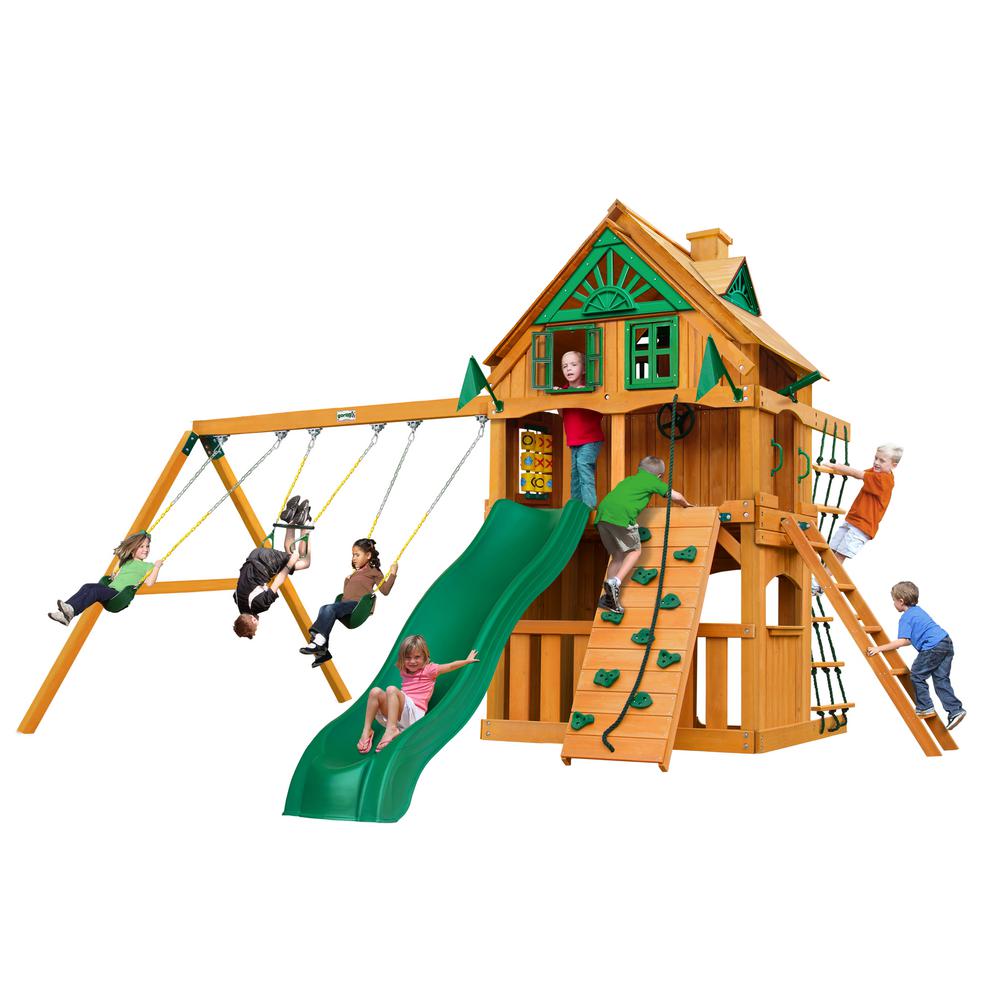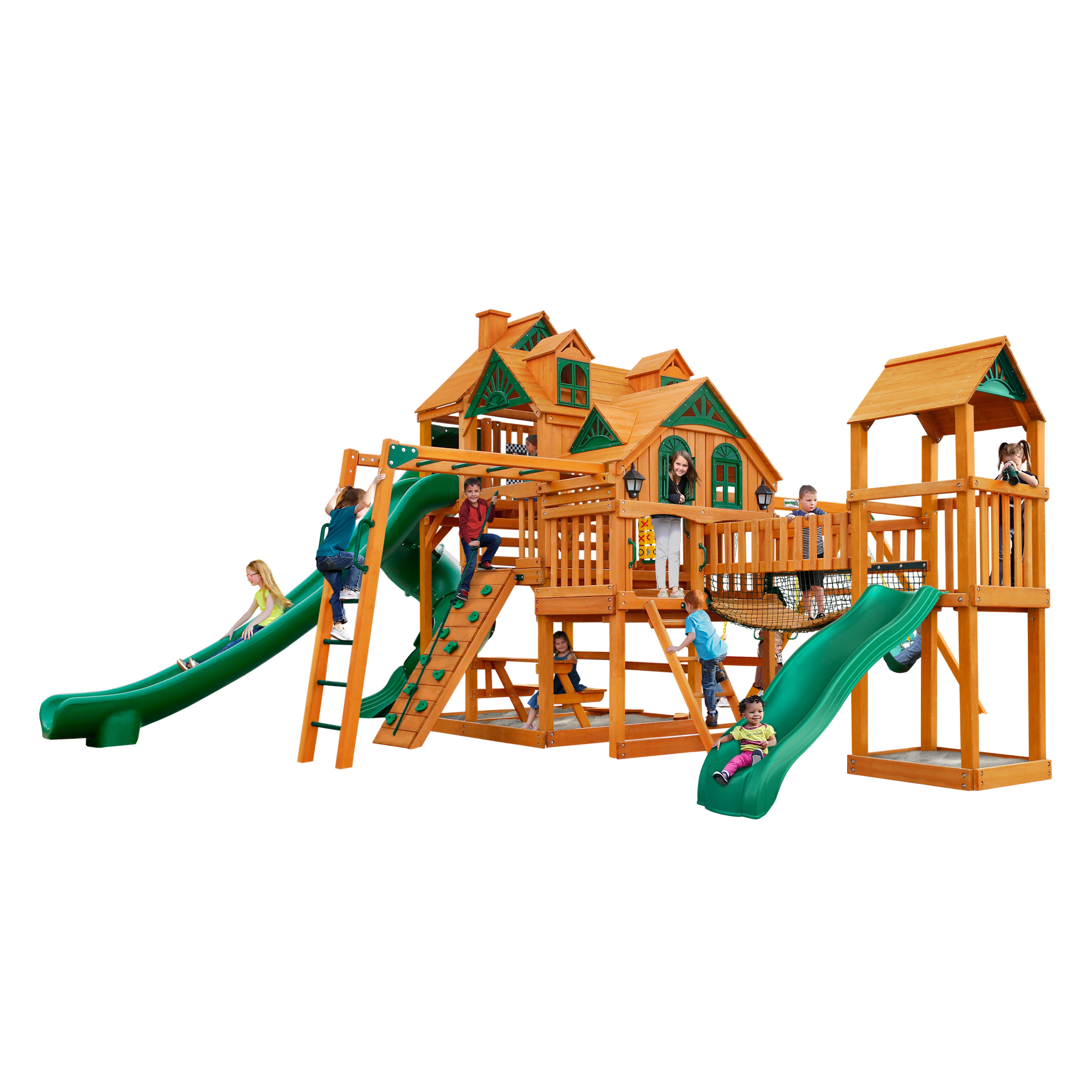

Toys excavated from the Indus valley civilization (3010–1500 BCE) include small carts, whistles shaped like birds, and toy monkeys that could slide down a string. Toys and games have been retrieved from the sites of ancient civilizations, and have been mentioned in ancient literature.

Most children have been said to play with whatever they can find, such as sticks and rocks. From a tomb dating 950–900 BCE, Kerameikos Archaeological Museum, Athens Little horse on wheels, Ancient Greek children's toy. Adults on occasion use toys to form and strengthen social bonds, teach, help in therapy, and to remember and reinforce lessons from their youth. Younger children use toys to discover their identity, help with cognition, learn cause and effect, explore relationships, become stronger physically, and practice skills needed in adulthood.

Playing with toys is an important part of aging. The oldest known doll toy is thought to be 4,000 years old. The origin of the word "toy" is unknown, but it is believed that it was first used in the 14th century. The origin of toys is prehistoric dolls representing infants, animals, and soldiers, as well as representations of tools used by adults are readily found at archaeological sites. Some toys are produced primarily as collectors' items and are intended for display only. Newer forms of toys include interactive digital entertainment and smart toys. Different materials like wood, clay, paper, and plastic are used to make toys. Playing with toys can be an enjoyable way of training young children for life experiences. The term "toy" can also be used to refer to utilitarian objects purchased for enjoyment rather than need, or for expensive necessities for which a large fraction of the cost represents its ability to provide enjoyment to the owner, such as luxury cars, high-end motorcycles, gaming computers, and flagship smartphones.
#Wooden playsets tv
Examples include children building a fort with empty cereal boxes and tissue paper spools, or a toddler playing with a broken TV remote control. Additionally, utilitarian objects, especially those which are no longer needed for their original purpose, can be used as toys. Toys can provide utilitarian benefits, including physical exercise, cultural awareness, or academic education. Toys are often designed for use by children, although many are designed specifically for adults and pets. Simple examples are blocks, games, and dolls. A variety of traditional wooden Channapatna toys from IndiaĪ toy or plaything is an object that is used primarily for providing entertainment.


 0 kommentar(er)
0 kommentar(er)
